
Menu

Check out the Shravan Month Dates, Puja, Mantras, Shravan Somvar vrat vidhi, significance of the holy month of Shravan, things you should avoid for pleasing Lord Shiva, attainment of Moksha on Sawan Shivratri, festivals of Mahadev, & Pujas to be done in Shravan month.
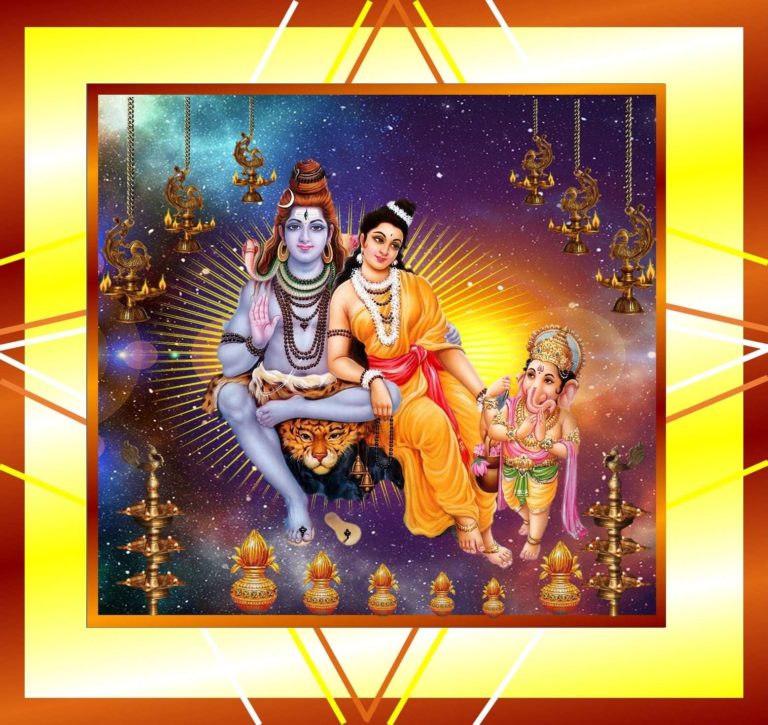
The holy month of Shravan starts with the full moon on July on 24th July 2021 and ends with the full moon night on 22nd August 2021 (for North India). Also, known as ‘Sawan ka Mahina’, the holy month is extremely important for Lord Shiva devotees all over the world. Mahadev ke Bhakt (Shiva devotes), and those seeking to fulfill their desires observe fasting on all the Mondays of this month. While devotees observe fast on Tuesdays for the blessings of Mata Parvati or Maa Shakti.
The first Monday of Shravan month is on 26th July 2021.
The second Sawan Somwar falls on 2nd Aug 2021.
The third Shravan Somvar is on 9th Aug 2021.
The fourth and final Shravan Somwar is on 16th Aug 2021.
Note: These dates are most widely accepted throughout the world e.g., in The United States, Canada, Australia, The United Kingdom etc. for Shravan Somvar Vrat Tithi and Shubh Mahurats. Hindu Purnimant Calendar as suggested by the name, marks the end of a month on a Purnima or Full Moon day.
The first Shravan Somvar starts on 9th Aug 2021.
The second Shravan Somvar falls on 16th Aug 2021.
The third Shrawan Somvar is on 23rd Aug 2021.
The fourth Shravan Somvar is on 30th Aug 2021.
The fifth and final Shrawan Somvar falls on 6th Sep 2021.
Note: Hindu Amavasyant Calendar as suggested by the name, marks the end of a month on a Amavasya or a New Moon Day. These dates for Sawan also called Avani in south, are followed by devotees in Andhra Pradesh, Telangana, Goa, Maharashtra, Gujarat, Karnataka, and Tamil Nadu.
• Mondays are dedicated to Lord Shiva, and devotees throughout the world observe Shravan Somvar Vrat to seek his blessings. Bholenath, the god of Death protected the world in ancient time by drinking the halahala (most dangerous poison) that immersed out of the sea churning (samudra manthan) by Devtas and Danavas. Lord Shiva’s neck became blue as a result the poison, giving him the name Neelkanth. The Shravan Somwar Vrats are performed and offerings such as the holy Ganges water, panchamrit, un-boiled milk, bilva leaves etc. are offered to Mahadev to honor this sacrifice.
• Unmarried girls observe fasting for 16 Mondays starting with the First Monday of Shravan Month in order to get a husband with the qualities of Mahadev. Lord Shiva is considered the ideal partner as his love for Mata Parvati is unprecedented. Kumari Kanya (unmarried girls) keep the Solah Somvar Vrat to attain the partner of their dreams, who is loyal and loving like Lord Shiva. The first four Mondays fall in the month of Shravan are of supreme importance.
• Lord Shiva is the god of destruction, death, and controls the end of human life. It is believed that a devotee can achieve salvation from the constant cycle of life and death with the blessings of Mahadev during the holy Shravan month.

The 1st Monday (first Solah Somvar of Shravan) – 26th July 2021.
2nd Solah Somvar – 2nd Aug
3rd Somwar – 9th Aug 2021
4th Monday (also last Shravan Somwar) – 16th Aug 2021.
5th Solah Somvar – 23rd Aug
6th Solah Somwar – 30th Aug
7th Solah Somvar – 6th Sep 2021
8th Solah Somwar – 13th Sep
9th Solah Somwar – 20th Sep
10th Somwar – 27th Sep 2021
11th Solah Somvar – 4th Oct
12th Solah Somwar – 11th Oct
13th Somvar – 18th Oct 2021
14th Solah Somvar – 25th Oct
15th Somwar – 1st Nov 2021
The 16th Monday (last Solah Somvar) – 8th Nov 2021
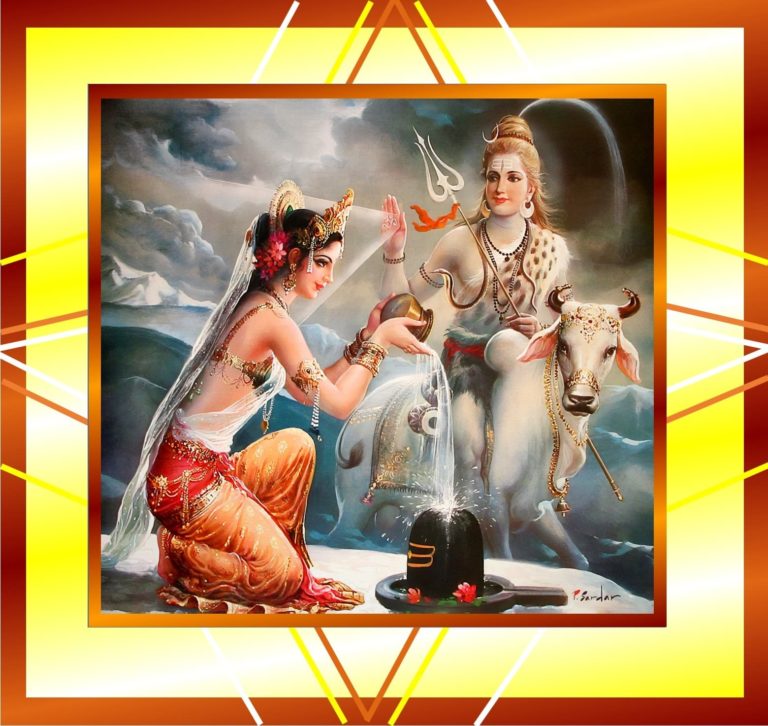
Women, both married and unmarried, keep Mangala Gauri Vrat on Tuesdays of the Shravan month to get blessings of Mata Gauri (Parvati). They pray for the well-being and prosperity of their families. Some ladies observe the fast and pray for a long life of their husbands. The fast is also believed to solve any misunderstanding and fights between partners. The Mangala Gauri Vrat must be completed with a Puja and Homam for its completion and prasad must be served to the family.
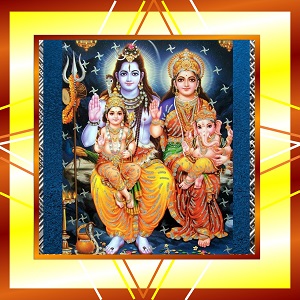
Keijona, CC BY-SA 4.0, via Wikimedia Commons
Women with Manglik Dosha in their horoscope also benefit by observing the fast. Lord Shiva and Mata Parvati’s relationship is symbolic of purity and diving love, with the blessings of Maa Gauri, all the relationship problems of her devotees get solved. It is believed that Maa Gauri and Shivaji first met each other during Shravan month and this day is celebrated as Shravan Shivratri.
This year, Sawan Shivratri falls on 6th Aug 2021 and is the most auspicious day for Shiva Parvati Puja and Homam to achieve a loving relationship.

• Shravan Somvar Vrat starts early in the morning with Ganesh Ji Naman, Surya Namaskar, and Shiva Aarti.
• Ensure that you and your surroundings are kept clean throughout the Shravan month.
• Devotees either keep Nirjala Vrat during which they avoid taking any food and water, or they observe Falahari Vrat and only take fruits and water till the evening.
• Devotees continuously worship Lord Shiva during their Vrat and chant the Mantras, ‘Om Namah Shivaya’ and the Mahamrityunjaya Mantra.
• One must keep their wish in mind while performing the chants and ask for Lord Shiva blessings to fulfill it.
• Rudra Abhishek or Shivling Puja is performed with Panchamrit (a mixture of milk, honey, ghee, yogurt, and sugar), ganges water, and bilva leaves (bel patra) during the evening time. Shivling Abhishek is an integral part of the Vrat, that is typically performed during evening.
• Shiva aarti is performed and devotees take the blessings of Mahadev.
• The fast is broken by eating Sattvic food during the nighttime.
• Bholenath grants the wishes of his devotees during the auspicious time of Shravan when they observe fasts on Somwar as it is the day dedicated to Lord Shiva worship.
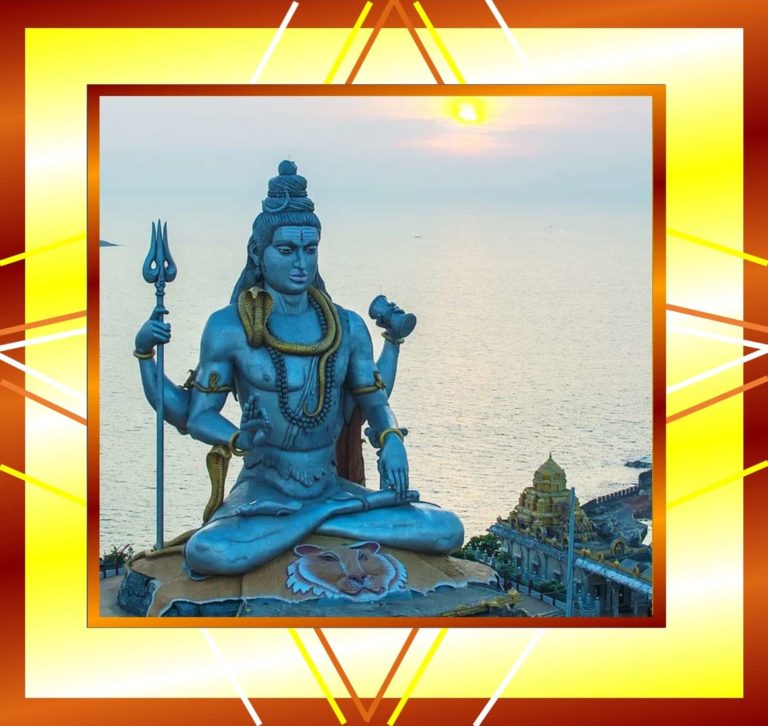
Hindu scriptures prescribe us to avoid brinjal (eggplant), milk, onions, garlic, alcohol, and non vegetarian dishes during the holy Sawan Maas. Milk based products such as cheese and yogurt can be taken, but raw milk must be avoided. The use of simple and nutritious food such as Daal Roti etc. is recommended.
The mantra of eating Sattvic food in Shravan month is Home cooked meals without onions and garlic. Follow high thinking with simple eating. Lord Shiva and Mata Gauri’s love is about purity; thus, devotees must observe abstinence and understand the essence of the purity of non-physical love when observing Shravan Somwar Vrat.
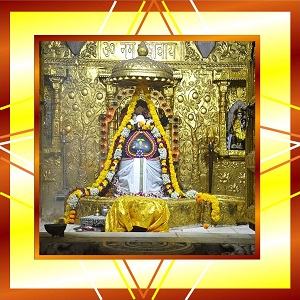
There is no better time in the year for the Jaap of Maha Mrityunjaya Mantra that the holiest Hindu month of Shravan. The cosmos is filled with the energy of Lord Shiva during this month; thus, an enhanced benefit is gained with Maha Mrityunjaya Chanting.
The Jaap of Mahamrityunjaya Mantra provides utmost benefit if 1,25,000 Jaap are completed within the span of Shravan month. The Path provides strong protection against all harms, diseases, negative energies, and untimely death. The Jaap must be completed with proper Homam and Ahuti to reap the benefits.
The worship of Mahadev and Maa Gauri take precedence throughout the Shravan month, there are many more festivals that serve as an extension of their worship during Shravan Maas. The first on the list is Teej. Celebrated on the third day of Shukla Paksha in Shravan month, (11 Aug 2021 for this year) Haryali Teej celebrates the season of Sawan. It is also a celebration of Shiva’s acceptance of Mata Parvati and their union.
Two days after Teej comes the festival which pertains to the favorite animal of Lord Shiva, the snakes. Mahadev wears Vasuki, the king of serpents, and the holder of Nagamani around his neck. Snakes are worshipped on Nag Panchami in the honor of 12 snake gods in Hinduism.
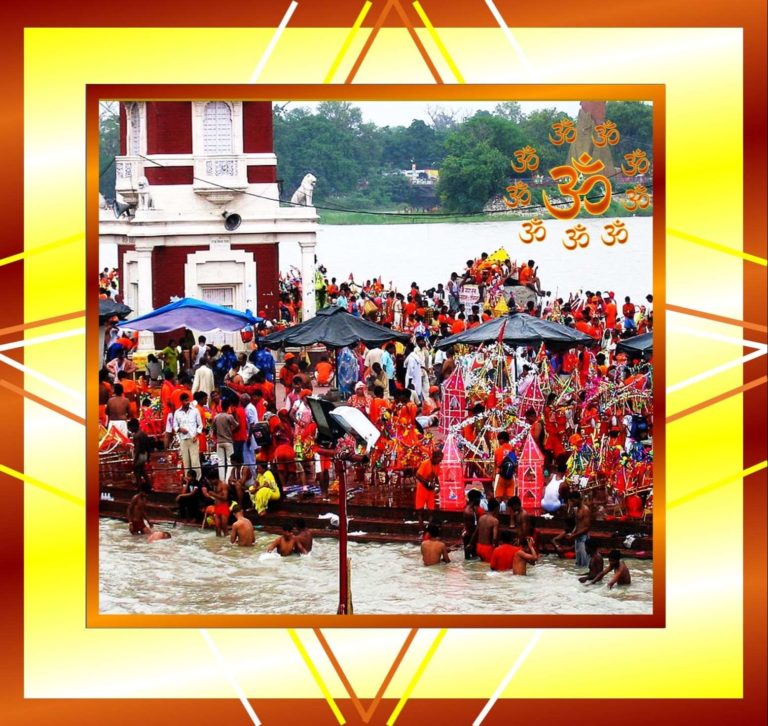
Nicolas C, CC BY-SA 2.0, via Wikimedia Commons
Kānvarias or Bhole ke Bhakt (devotees of Lord Shiva) perform Kanwar Yatra with their destination as a holy site (typically Haridwar, Gangotri in Uttarakhand, or Sultanganj in Bihar) and bring back Ganges water with them for Shivling Puja in the month of Shravan. Rudra Abhishek is performed on the 13th day of Shravan month with this holy Gangajal.
This year, the Triyodashi or 13th Day falls on 5th August 2021. Devotees travel every year from around India and carry back Ganges water on their shoulder using a Kānvar (a long bamboo pole with a pot containing Ganges water on each end). A dip in the water of Ganges (Gangotri Snan) in the Shravan month is believed to remove the sins of devotees.